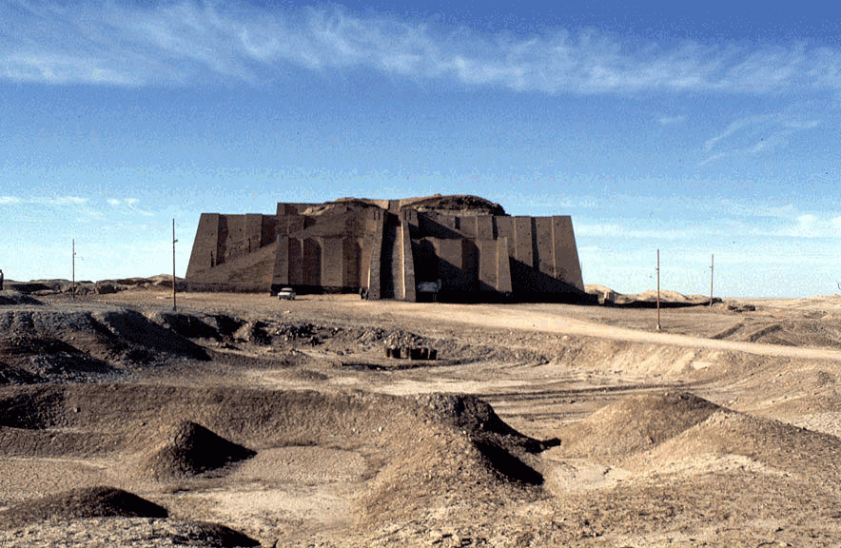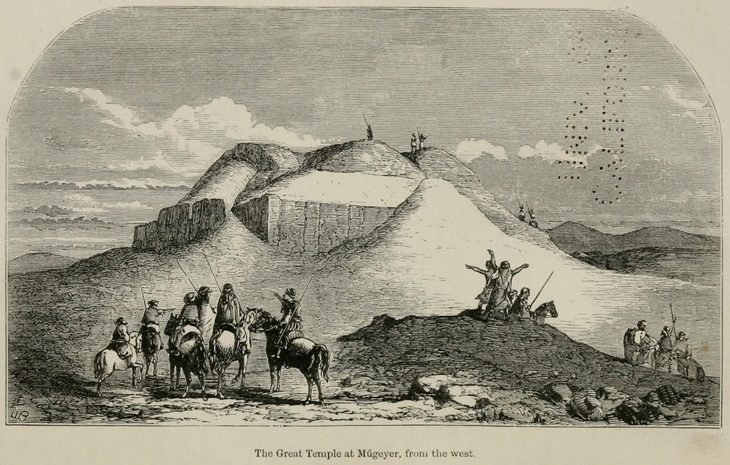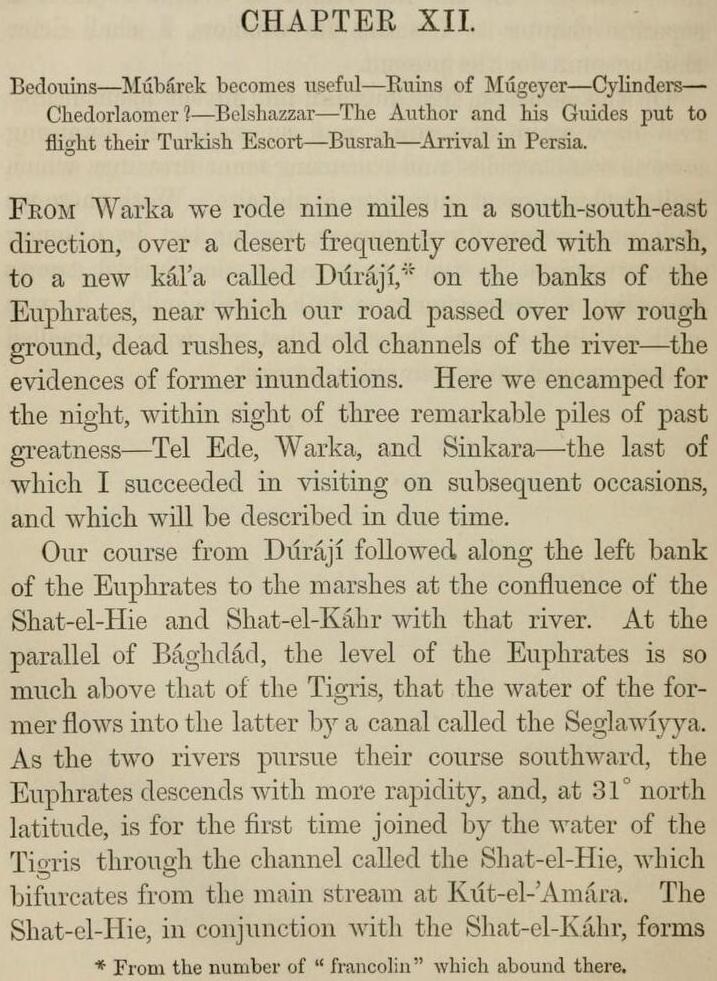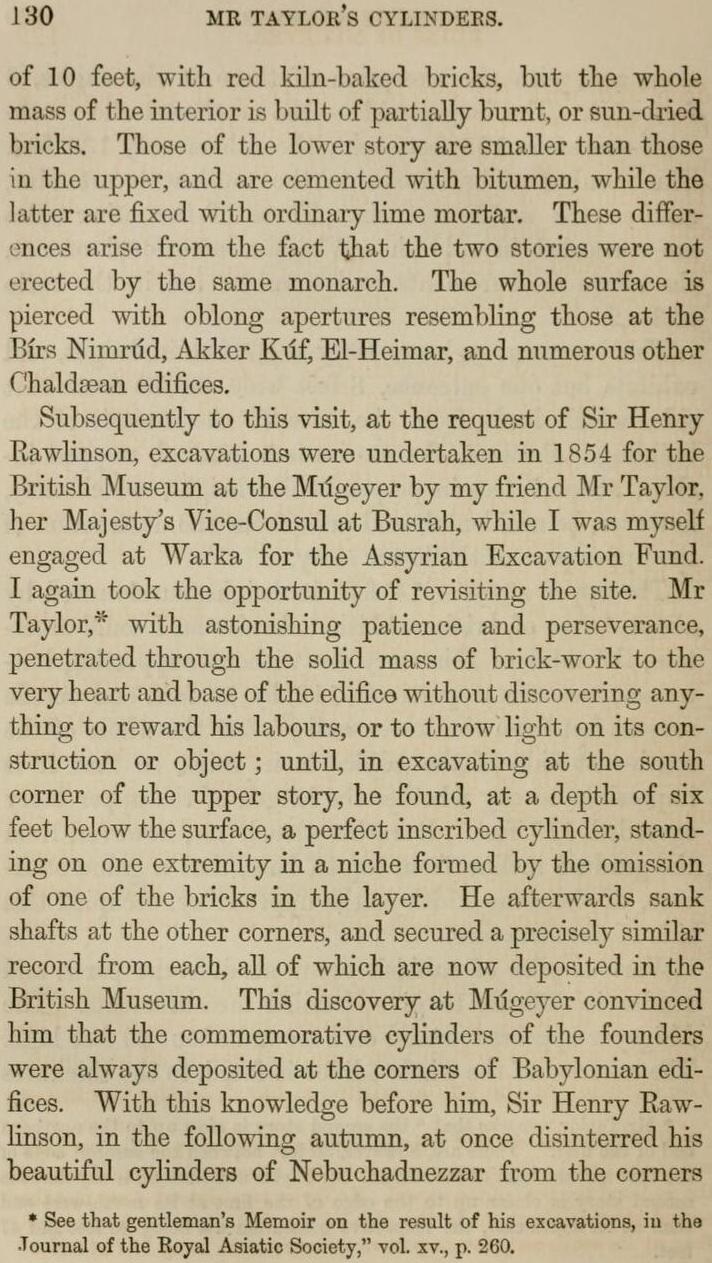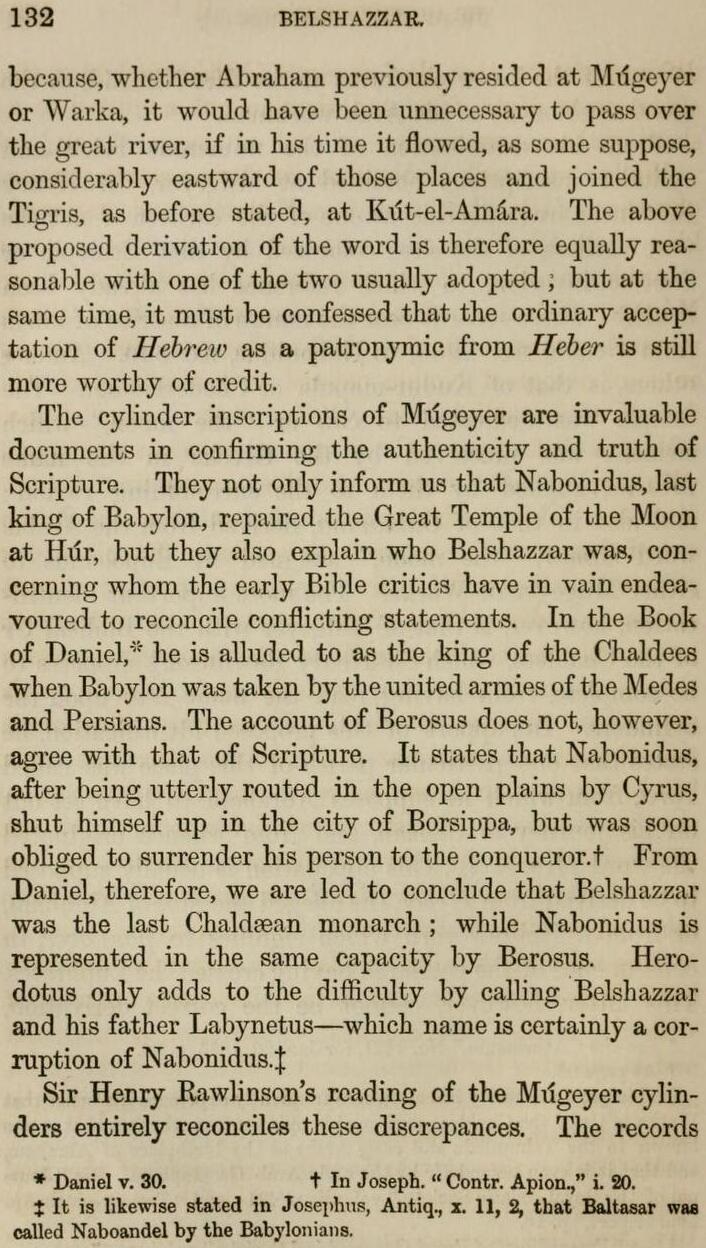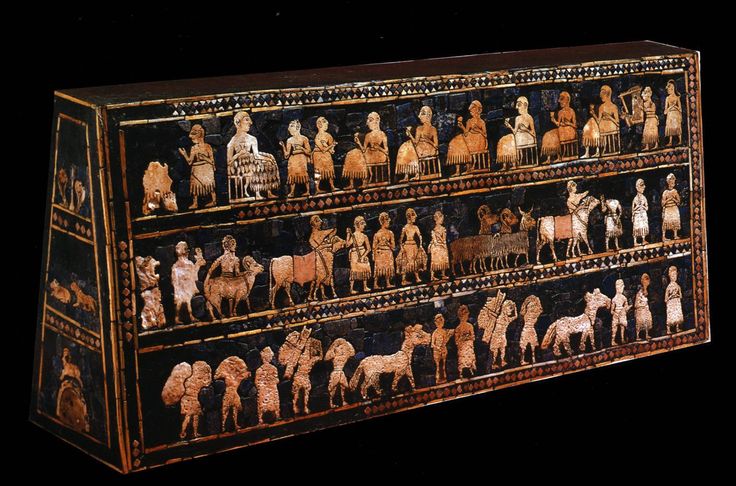|
Other Archaeological Sites / The Neolithic of the Levant (500 Page Book Online) Ancient Ur (Tell Muqayyar) Excavations at Ur by Sir Leonard Wooley
ProofRead and Updated May 11th 2020
 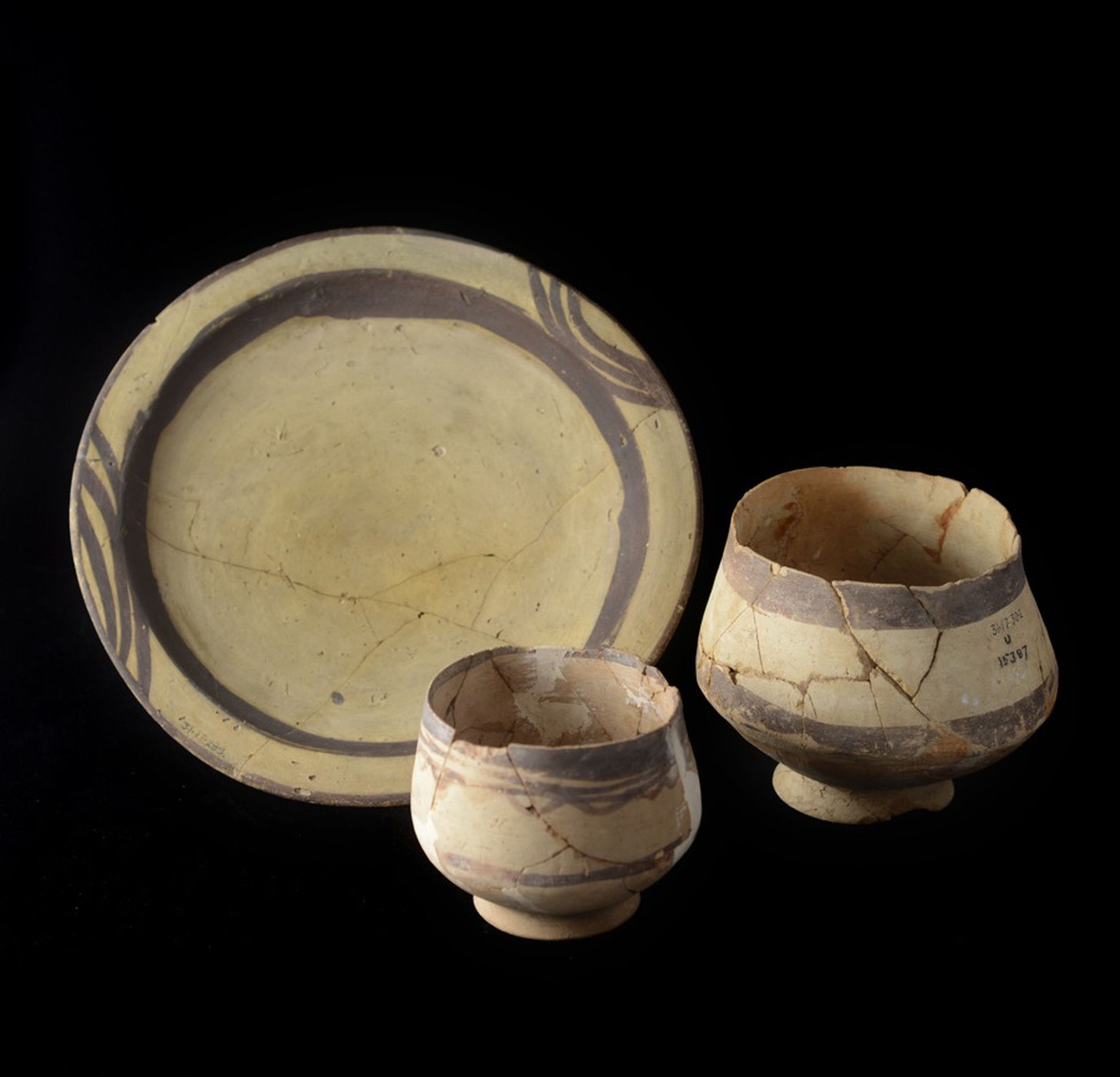 One of the most important cities of Sumer situated in thc south of Iraq west of the Euphrates River. Its walls enclose circa 60 hectares. Ur was excavated by a joint expedition of the British Museum and the University of Pennsylvania under Sir Leonard Woolley between 1922 and 1934. The earliest occupation of the site belonged to the Ubaid Period perhaps circa 5000 BC and the most flourishing period for the city was the Early Dynastic Period (circa 3000 - 2400 BC). To this period belong the celebrated tombs of the Royal Cemetery with their wealth of goods made of gold -- lapis lazuli -- and other precious materials (AHSFC).
One of the most important cities of Sumer situated in thc south of Iraq west of the Euphrates River. Its walls enclose circa 60 hectares. Ur was excavated by a joint expedition of the British Museum and the University of Pennsylvania under Sir Leonard Woolley between 1922 and 1934. The earliest occupation of the site belonged to the Ubaid Period perhaps circa 5000 BC and the most flourishing period for the city was the Early Dynastic Period (circa 3000 - 2400 BC). To this period belong the celebrated tombs of the Royal Cemetery with their wealth of goods made of gold -- lapis lazuli -- and other precious materials (AHSFC). Ur was fabled as the city of the Sumerian moon god Nanna and the traditional home of the biblical patriarch Abraham (Genesis 12:4-5). Of all the discoveries by Wooley, the mid-third-millennium BC tombs of the Royal Cemetery of Ur, with their rich inventories of gold and evidence of human sacrifice, received more intense [newspaper] coverage than any other. (1). Tell al-Muqayyar lies near the city of Nasiriyah in the southwestern floodplain of the Tigris and Euphrates Rivers. The mounded ruins, roughly oval in shape, meausure approximately 1,200 meters northwest to southeast and 800 meters northeast to southwest. They rise to a height of approximately 20 meters above the surrounding plain with the ruin of the ziggurat, or temple tower, on the northwest end of the site rising even higher. A long broken line of smaller mounds extends more than 1,500 meters to the north-northeast. Today the Euphrates runs to the east of the site but in antiquity it probably curved to the southwest. (1).
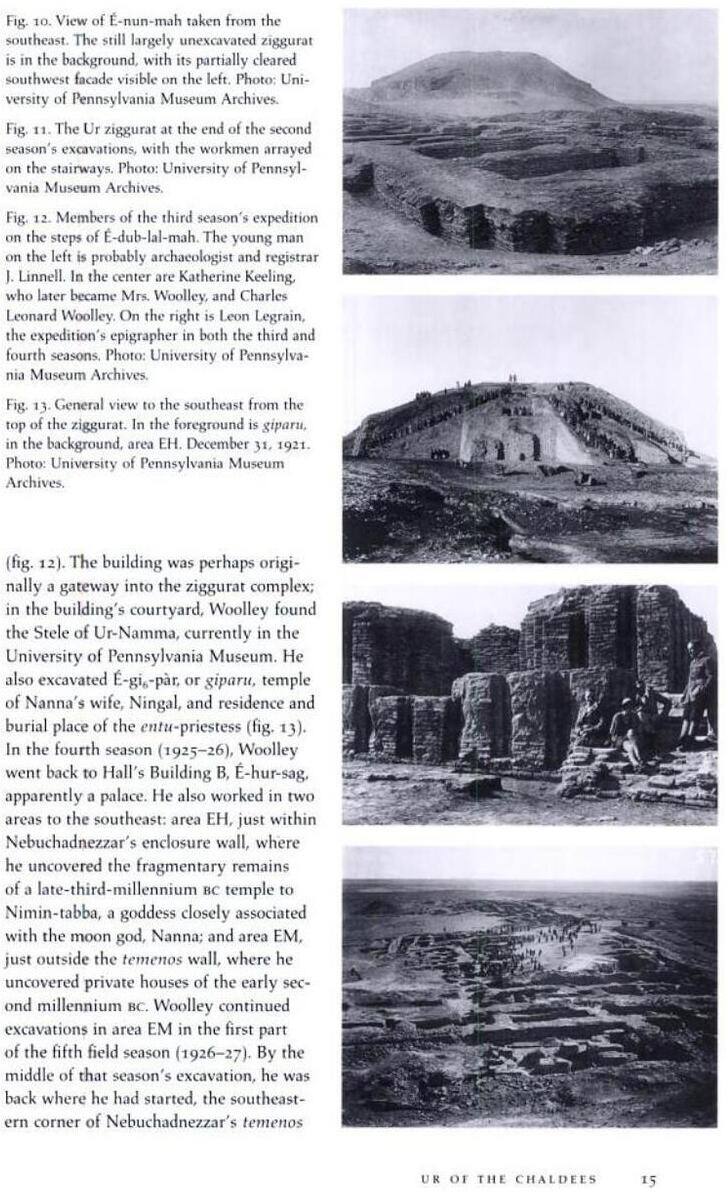
From the beginning Ur was an important trade center owing to its location at a pivotal point where the Tigris and Euphrates run into the Persian Gulf. Archaeological excavations have substantiated that early on Ur possessed great wealth and the citizens enjoyed a level of comfort unknown in other Mesopotamian cities. As with other great urban complexes in the region, the city began as a small village which was most likely led by a priest or priest-king. The king of the First Dynasty, Mesannepadda, is only known through the Sumerian King List and from inscriptions on artifacts found in the graves of Ur. The Second Dynasty is known to have had four kings, but about them, their accomplishments or the history during this time, nothing is known. The early Mesopotamian writers did not consider it worthwhile to record the deeds of mortals and preferred to link human achievements to the work and will of the gods. Ancient hero-kings such as Gilgamesh or those who performed amazing feats such as Etana were worthy of record but mortal kings were not afforded that same level of concern (2). After a period of decline Ur flourished again in the time of the Third Dynasty of Ur in the 21st century BC which saw the final flowering of Sumerian achievement. The founder of this dynasty Ur-Nammu built a great Ziggurat to the city's patron deity Nanna the Moon God. The city continued to thrive in the Old Babylonian Period and the Bible claims Ur as the home of Abraham before he left for the west. Later the city declined and was finally abandoned in the 4th century BC. (AHSFC).
Travels and researches in Chaldæa and Susiana; with an account of excavations at Warka the "Erech" of Nimrod and Shúsh and "Shushan the palace" of Esther in 1849-52 by William Kennett Loftus (1857) ------- Chapter XII in Internet Archive and Google Books
(1) Treasures From The Royal Tombs Of Ur / (2) Ancient History Encyclopedia / Ur (Wikpedia) The History of the Ancient Near East Electronic Compendium |
